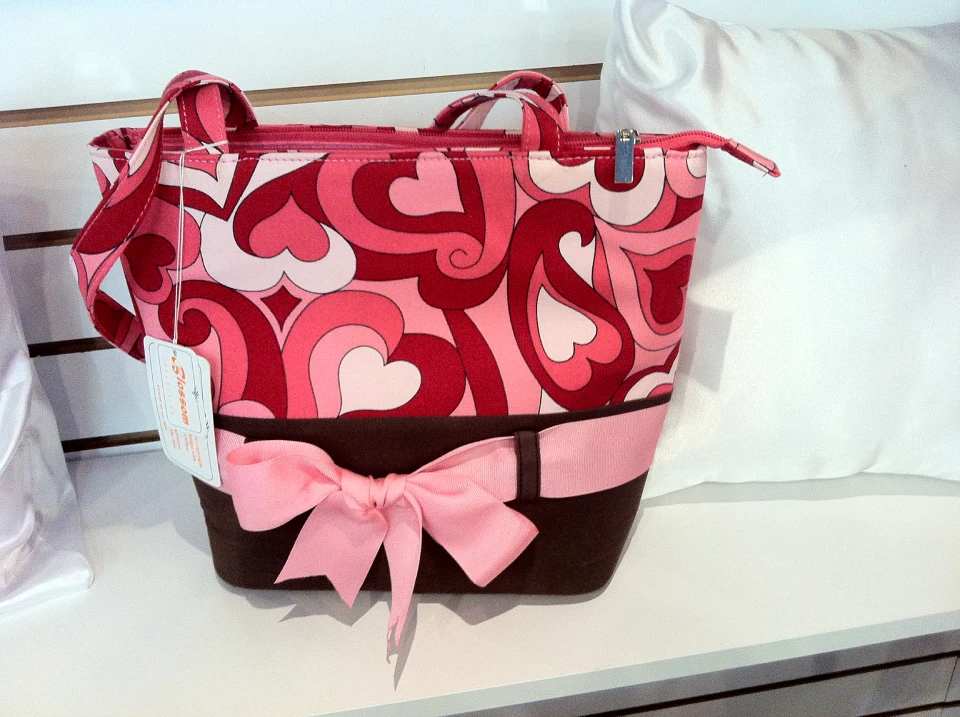The Art of Personalized Embroidery: Unlocking the Secrets to Creating Special and Remarkable Designs
Embroidery, a craft steeped in tradition and creativity, holds within its complex stitches the power to change textile into a canvas of distinct expression. The keys to producing personalized needlework layouts that captivate the eye and leave a lasting impression depend on a fragile equilibrium of strategy, creative thinking, and focus to detail. As we explore the globe of custom-made embroidery, we discover the nuanced interaction between thread selection, sew complexity, and design personalization that elevates a plain garment to a job of art. Join us on a trip with the art of custom-made embroidery as we decipher the mysteries behind crafting truly unforgettable and distinct productions.
Selecting the Right Embroidery Threads
When picking embroidery threads, what vital factors should you think about to ensure the very best outcomes for your custom designs? The option of needlework thread is important in establishing the final outcome of your stitched layout. Among the primary considerations is the material of the string. Various products such as cotton, polyester, rayon, and silk offer varying degrees of luster, resilience, and structure. It is necessary to select a thread material that matches the textile you are stitching on and aligns with the preferred look of the style.
Thicker strings can include dimension and appearance to your style, while finer threads are excellent for complex details and small message. Furthermore, considering the shade fastness and washability of the thread is critical to make sure that your customized layouts preserve their quality and vibrancy over time.
Discovering Different Stitch Techniques
To dig into the world of 'Exploring Various Stitch Techniques', one have to understand the details and subtleties that each stitching approach offers the art of embroidery. Various stitch techniques not just include visual interest however likewise add to the general texture and dimension of the layout. One prominent stitch strategy is the satin stitch, which involves carefully stuffed parallel stitches to create a smooth and glossy surface area, ideal for completing forms and creating strong outlines.
On the other hand, the backstitch is a functional technique commonly made use of for describing and including great information. It involves stitching backwards to develop a strong line of embroidery. Additionally, the French knot stitch adds a responsive component to layouts, perfect for producing distinctive accents like blossom facilities or attractive touches.
Exploring different stitch methods enables embroiderers to have fun with light, darkness, and deepness within their layouts, boosting the visual appeal and artistic high quality of their embroidery jobs. By grasping different sewing approaches, one can open countless opportunities custom made tee shirts near me for developing one-of-a-kind and memorable custom embroidery pieces.
Incorporating Personalized Design Components
Having explored the intricacies of various stitch methods such as the satin stitch, backstitch, and French knot, the focus now changes in the direction of integrating customized design components in custom-made embroidery tasks. Individualized style elements play a critical duty in making embroidery tasks genuinely distinct and memorable.
An additional means to incorporate tailored style elements is by consisting of signs or concepts that hold special definition to the recipient or show their passions and character. For example, including a preferred flower, animal, or hobby-related symbol can make the embroidery layout a lot more meaningful and individualized. Furthermore, picking colors that reverberate with the recipient or align with the designated theme can additionally enhance the customization of the embroidery task.
Understanding the Art of Color Sychronisation

One trick element of color control is understanding shade concept. This consists of understanding how different shades engage with each various other, the feelings they share, and exactly how they can be combined to produce aesthetically appealing styles. By using color theory concepts, embroiderers can develop harmonious color combinations that improve the general appearance of the layout.
Additionally, taking notice of comparison is vital in shade coordination. Using contrasting shades can aid certain aspects of the layout pop, boost legibility, and produce an aesthetically vibrant needlework piece. By mastering the art of color sychronisation, embroiderers can boost their layouts and create memorable pieces that resonate with customers and visitors alike.
Enhancing Texture With Advanced Embroidery Stitches
Bullion knots, on the other hand, can be used to create twisted, ropelike elements that include a lavish feeling to the needlework. Exploring with these sophisticated embroidery stitches allows you to push the borders of typical needlework and produce really distinct and visually enticing structures in your styles.
Conclusion
Finally, the art of personalized needlework involves a mix of picking the best threads, discovering different stitch methods, incorporating tailored style elements, understanding shade coordination, and boosting structure with advanced stitches. By recognizing and executing these crucial elements, embroiderers can produce unique and remarkable designs that display their creativity and ability. Embroidery go now fanatics can unlock the keys to creating attractive and bespoke items that stick out and leave a lasting perception.